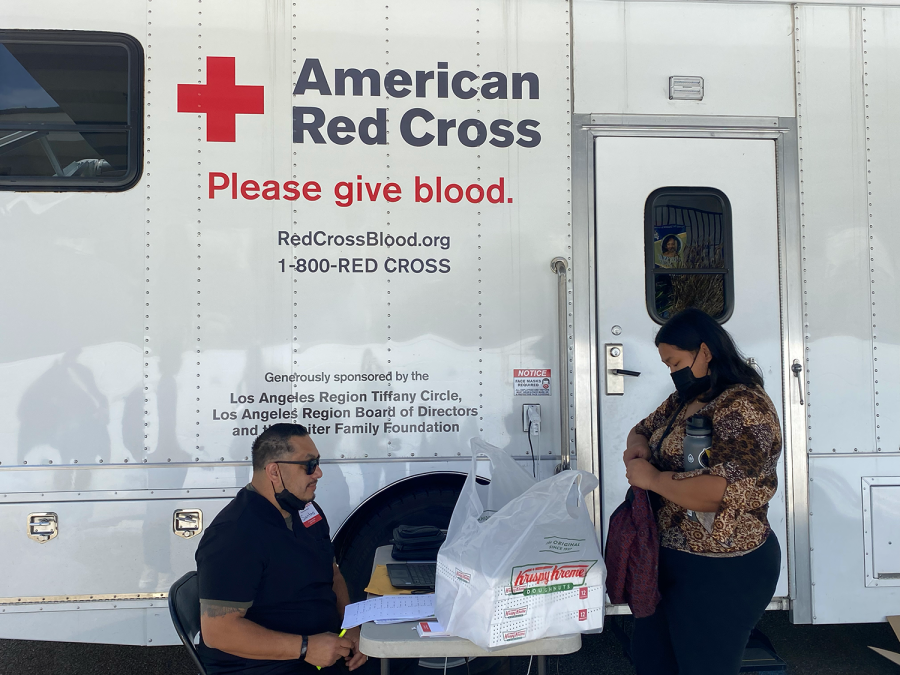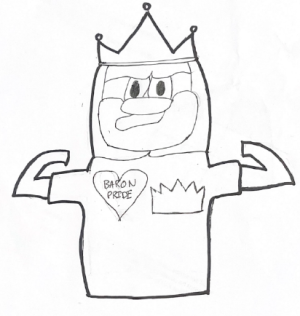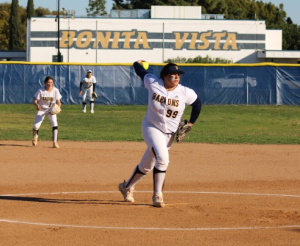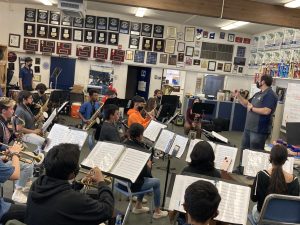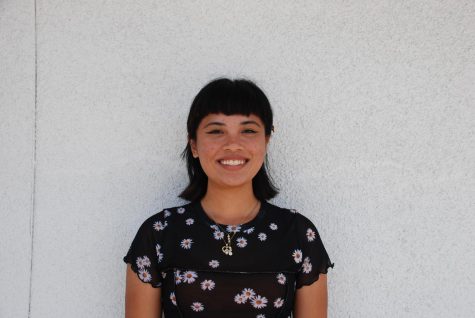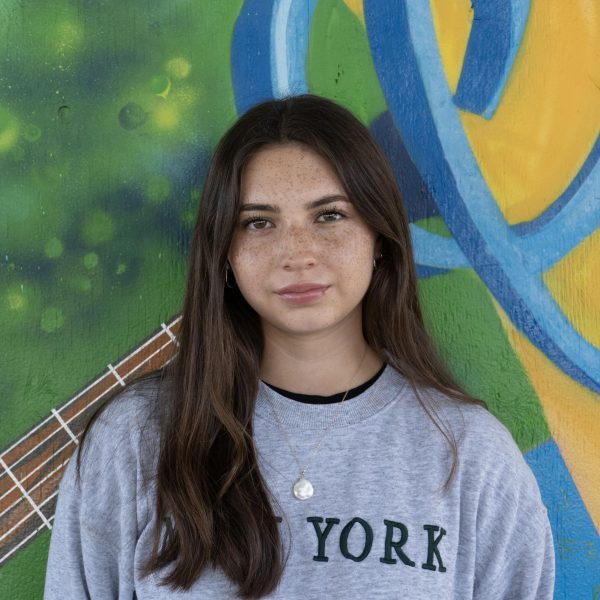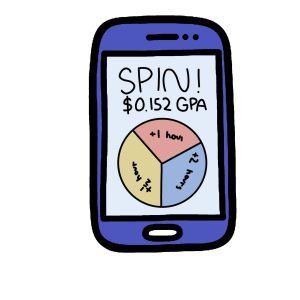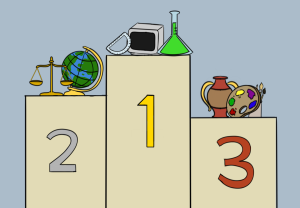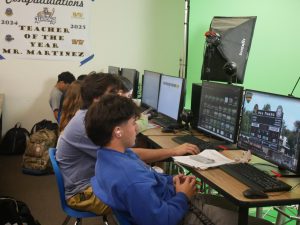“One donation can help save up to three lives”
BVHs first on campus blood drive in two years
On April 15 in the Bonita Vista High (BVH) south parking lot, Red Cross volunteer Santos Muniz assists junior Arianna Cruz check in for her blood donation. Before donating blood, donors must fill out a RapidPass health history questionnaire.
April 18, 2022
On Friday April 15 Bonita Vista High’s (BVH) Key Club held a one day blood drive in the campus’ south parking lot. A Red Cross ‘bloodmobile’ was parked in front of the school from 8 a.m. to 2:30 p.m. The blood drive was initially scheduled to be on March 3rd, but was rescheduled due to a Red Cross staffing shortage. This was BVH’s first on-campus blood drive in two years.
“I was kind of freaking out because we just did all the announcements, the flyers; everything said the March date,” junior, Blood Program Leader (BPL) and vice President of Key Club Giselle Geering said. “But it worked out in the end because the extra time helped us get more people to donate and I’m happy that we were at least able to do it.”
The drive was open to community members and BVH students. In order for a student to donate, they must be older than 16 and have parental consent. Donors of below the age of 18 must also meet specific height, weight and health requirements.
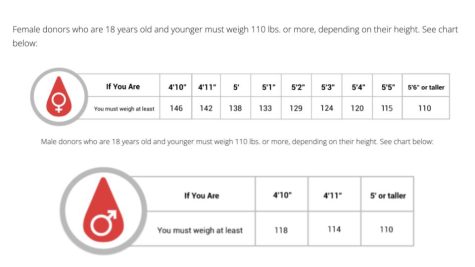
“Because you’re donating by blood volume, someone who is smaller in height and size is going to feel the effects of losing a pint of blood a lot more than someone who is bigger,” Red Cross Account Manager Stephanie Roman explained.
The donation goal of this blood drive was 18 units, meaning the goal was for 18 people to successfully donate a pint of blood. Throughout the day, there were 30 filled appointment slots to make up for any deferred donors who do not meet the requirements to donate blood.
“I think the most challenging thing at a high school is that you never know how many students will get deferred,” Roman said. “Deferrals can happen for lots of reasons; they barely meet the weight cutoff, the charge nurses are not comfortable with taking their blood or, especially right now during COVID, people feel sick and they won’t show.”
According to Roman, organizing this blood drive was easier compared to others she has helped put together. The outdoor nature of the blood drive and the fact that the equipment was on the ‘bloodmobile’ helped bypass certain COVID-19 restrictions and made the setting up more hassle free. In addition to its setting, Roman explains working with Geering made the process easier.
“I make it easier by providing what they need, but BPLs who are really active make it easier on me by recruiting eligible people and doing the work prior to make sure that their blood drive is successful,” Roman said.
On the contrary, Geering found it challenging to find students willing to donate. Part of the reason why was because the topic of blood donations led to conversation about personal health conditions. She also explains other possible reasons for a student’s resistance to donating.
“A lot of high schoolers aren’t very keen on having a needle in their arm for 30 minutes,” Geering said. “Also, I can only recruit juniors and seniors because they’re the only ones that are old enough to donate.”
Thankfully, Geering had help from Key Club who helped make flyers and spread the word. They presented to different classrooms and notified the school through morning announcements over the public announcement system. Geering found that face to face conversations were the most effective in recruiting donors, which was how junior Justin Bonilla became a donor.
“I first found out from [my] friend named Giselle. She came up to me and was like ‘do you want to donate blood’ and I was like ‘yeah, why not,’” Bonilla explained.
One pint of blood from one donor will be divided into red blood cells which go to trauma and accident victims, platelets which will go to cancer patients, and plasma which go to burn victims. This potential to help up to three different people incentivized Bonilla further to donate blood.
“It feels great. It’s weird to see not that many people donating blood because of how easy it was, and I think more people need to,” Bonilla said. “It’s up to us, the people that donate blood, to help encourage others with our personal experiences to get them to donate blood because it can help anyone in need of blood.”
Despite the challenges faced by Geering in recruitment, all 30 open appointment slots were filled. Similar to the sentiment of Bonilla, Roman also emphasizes the importance of blood drives to saving lives. She states that blood drives uniquely contribute to the current blood shortage in the U.S.
“There’s always, always gonna be a need for blood,” Roman said. “You can’t manufacture blood, you can’t get it from anywhere else except people donating, so the hope is that people you know will be wanting to give blood forever.”

